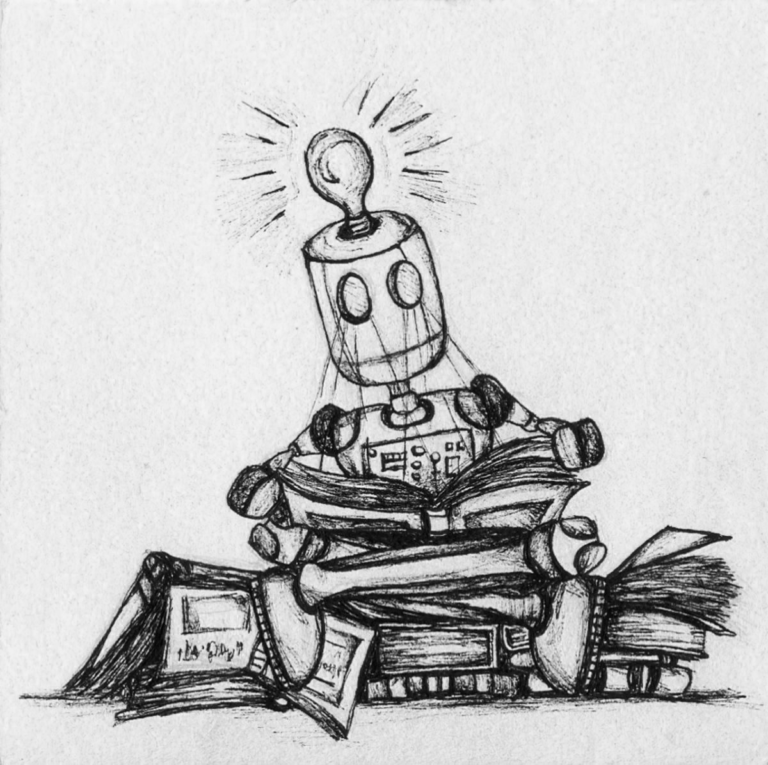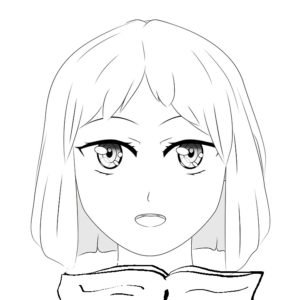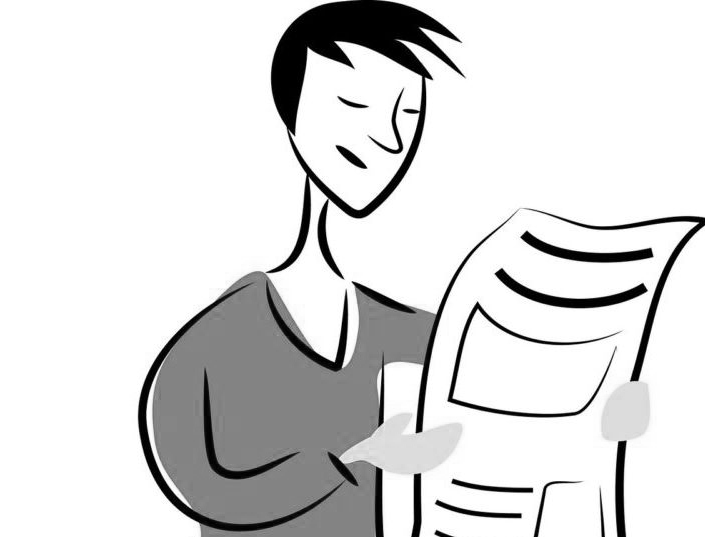Children, as they say, love to play and go silly. Constantly running around, goofing his/her favorite routine, and other behaviors that we love to see in them. These manifestations say that our children are still physically and emotional fit. However, what if these little critters show unusual behavior? Feelings of restlessness, fatigue, irritability, and chronic sleep disturbances these are the basic symptoms that your child may be experiencing child anxiety. These excessive sensations do not only happen once a while, child anxiety attacks may even last up to six months.
Children, like all older human beings, experience different kinds of anxiety. Occasional feelings of fear and distress are very natural to a child’s healthy growth. However, to certain extent, these overwhelming sensations, are considered to be unhealthy if they overly distressing to children. Given all the possible child stressors and other work that could induce stress to a child, it’s very important to be able know the various child anxiety disorders to be able to help our children. Parents have a very big role to play in helping children manage stress. At home, parents can ask their children about how their day went or whether they have concerns they want to discuss.
Actually, there are a number of child anxiety disorders such as Generalized Anxiety Disorders (GAD), Panic Attacks, and Separation Anxiety. GAD, as a form of child anxiety, is characterized by a overwhelming fear or worry to an event whether past, present of future. This can be caused by traumatic experienced such as physical or verbal abuse committed by a parent or an adult; an unusually burdensome test in school; and other serious events that have left emotional scars on a child. Parents and other adults must be able to identify the many symptoms of anxiety. The use of positive self-talk and therapy should be strongly considered. Panic disorders are described to be tenacious panic attacks and chronic concern that could cause further panic attack, or worse, harm. It is associated with intense feeling of fear and tense and sometime is accompanied with fearful thoughts. Physical manifestation of panic disorder ranges from sweating, choking, dizziness, chest pain and even faster heart rate. Symptoms of this anxiety type may intensify quickly but will, however, loss momentum henceforth.
Lastly, separation anxiety disorder, in layman’s terms, is an overwhelming fear or worry upon knowing that a person close to their heart is about to leave. Children would most likely show actions of disapproval. General symptoms of this anxiety are nightmares, nausea, headaches, vomiting and stomach pains. Anxiety, in children is no child’s play. giving them proper care and assistance is always the best way to help them to cope up with the situation. Wouldn’t you like your child to retain their juvenile joy?
Symptoms of child anxiety are not only matters for discussion at the clinic or at the office of your therapist. These symptoms must be studied and consciously observed by parents and adult guardians. If left to chance, we may be putting our children’s health and happiness at risk.






